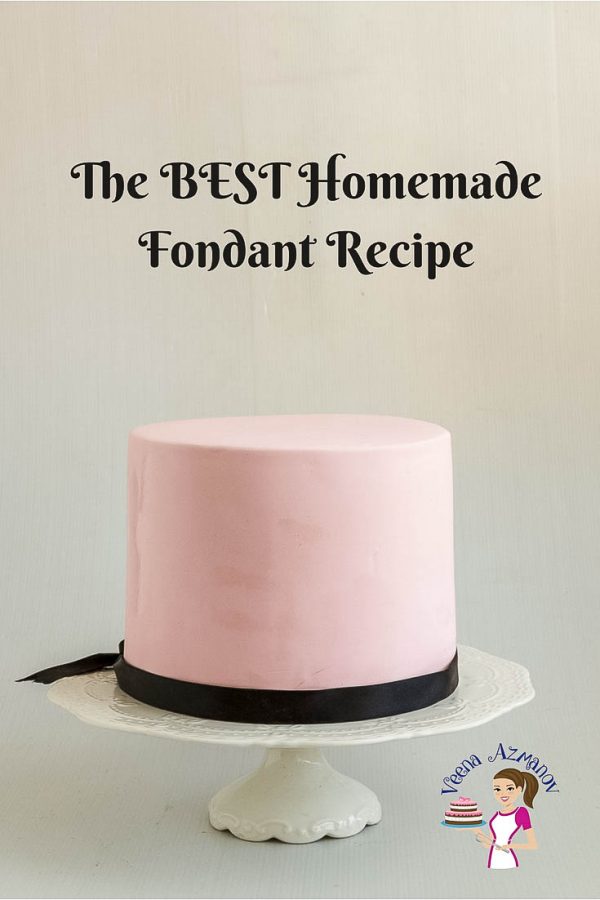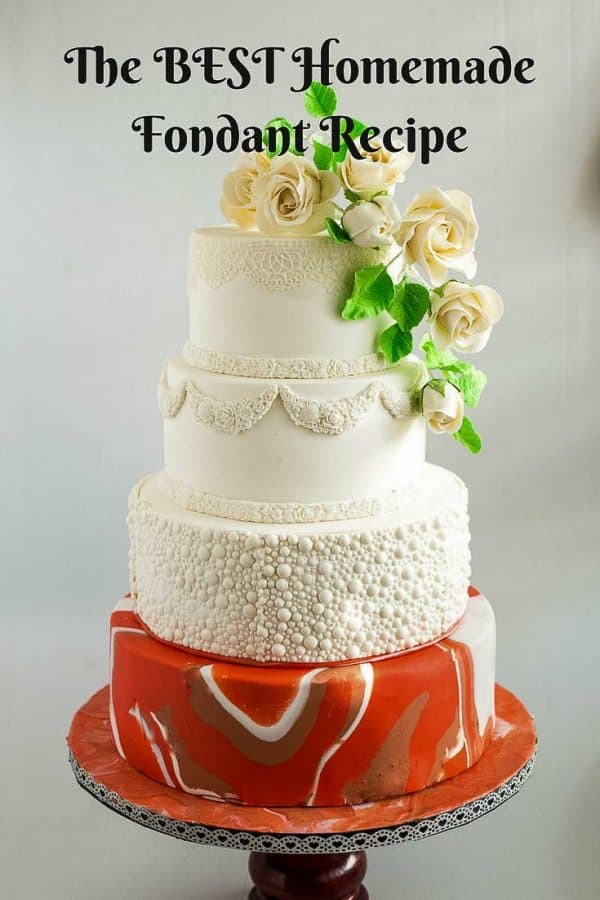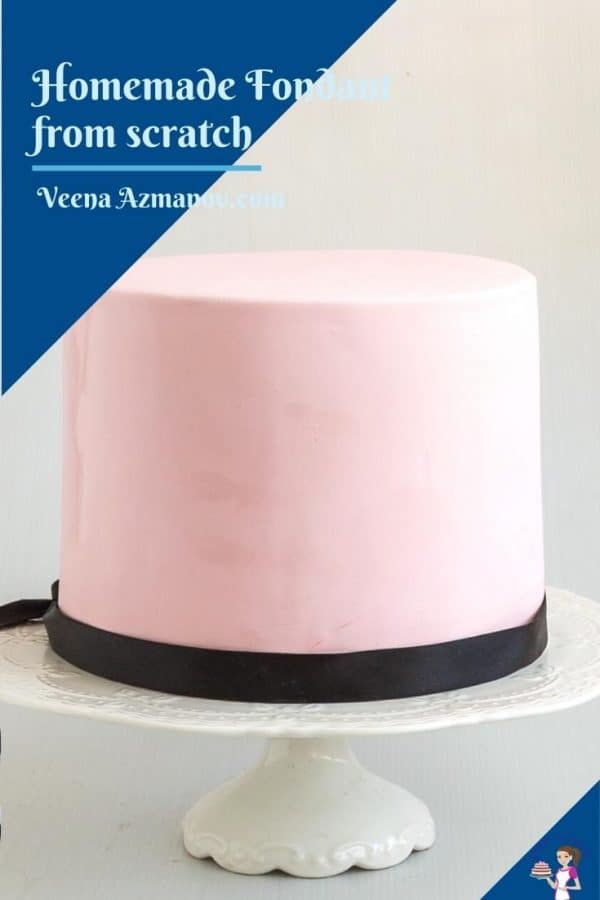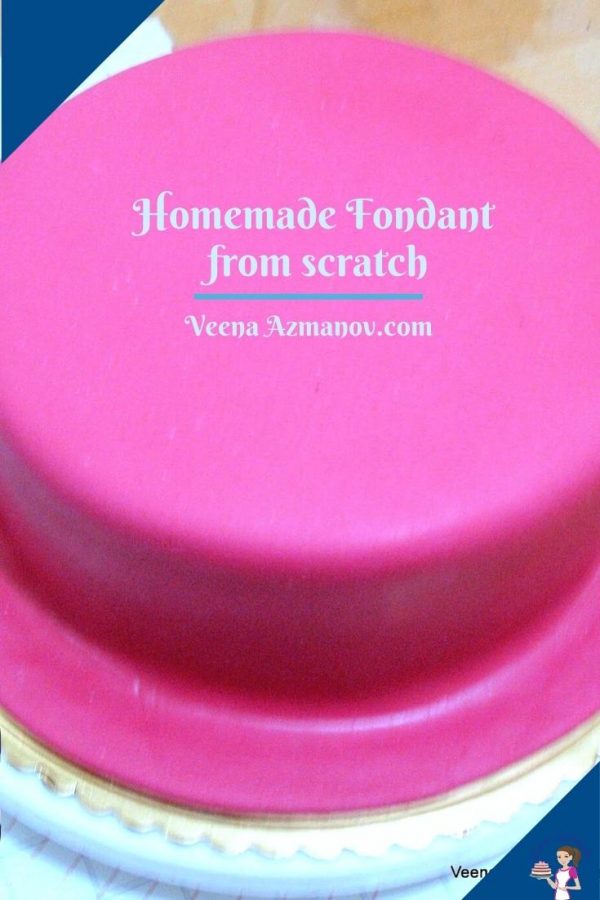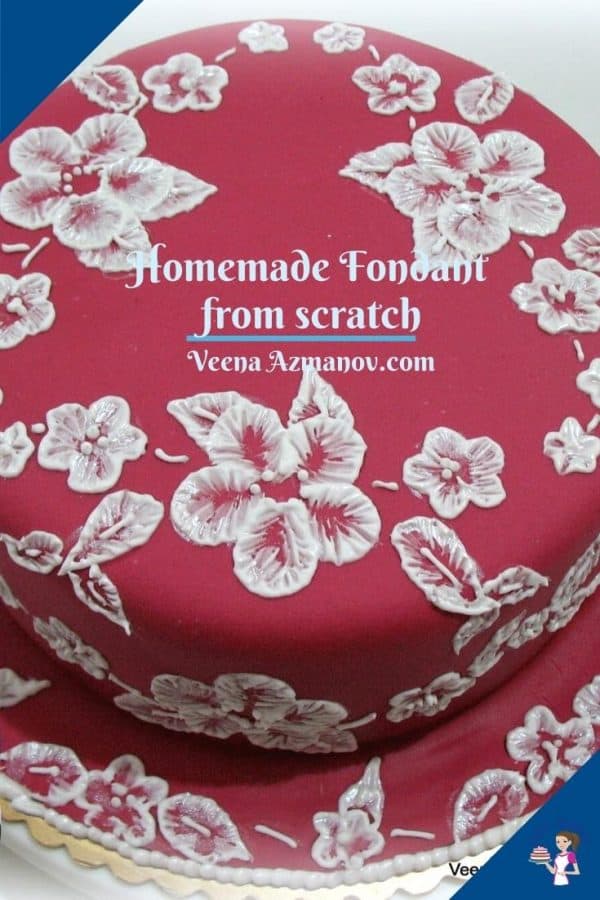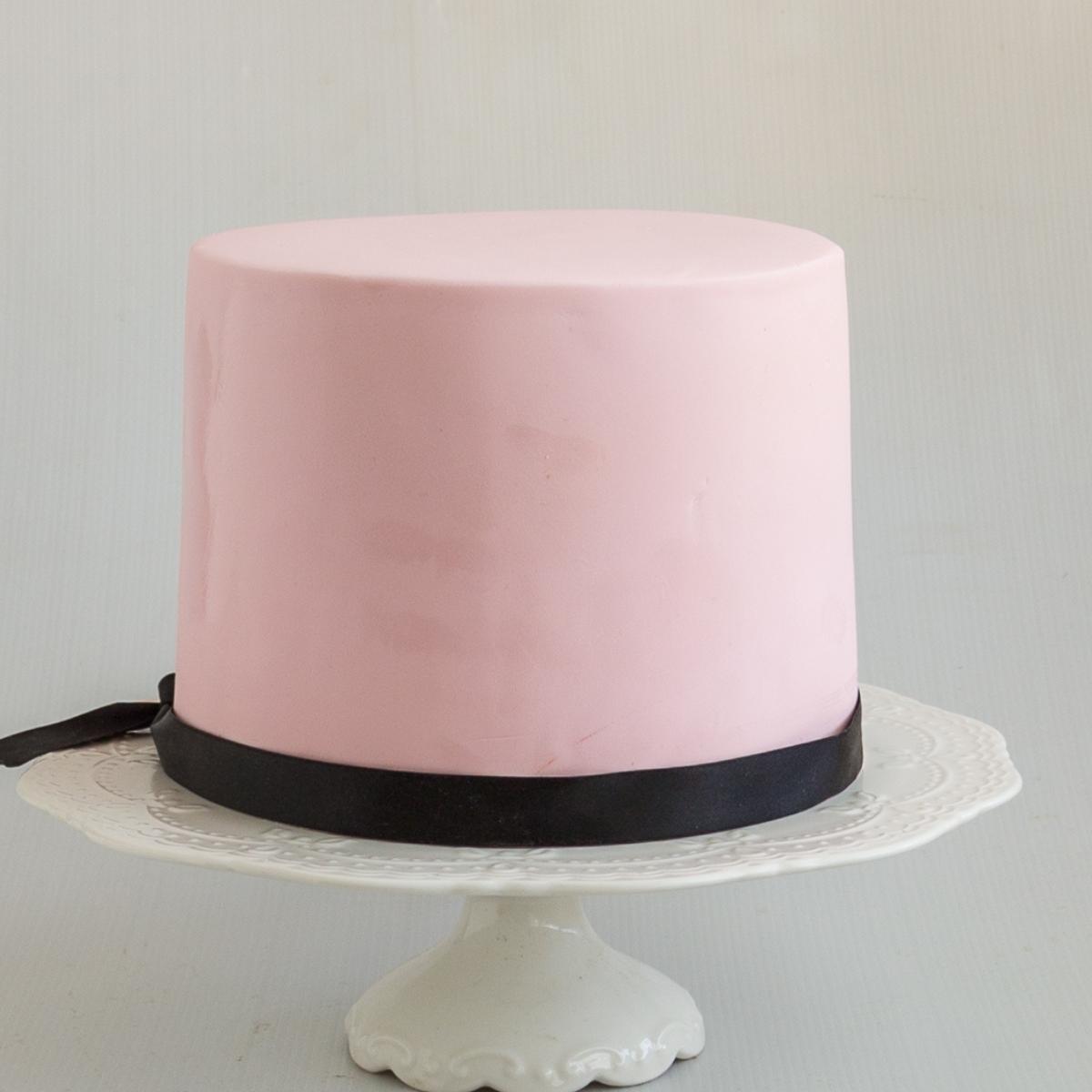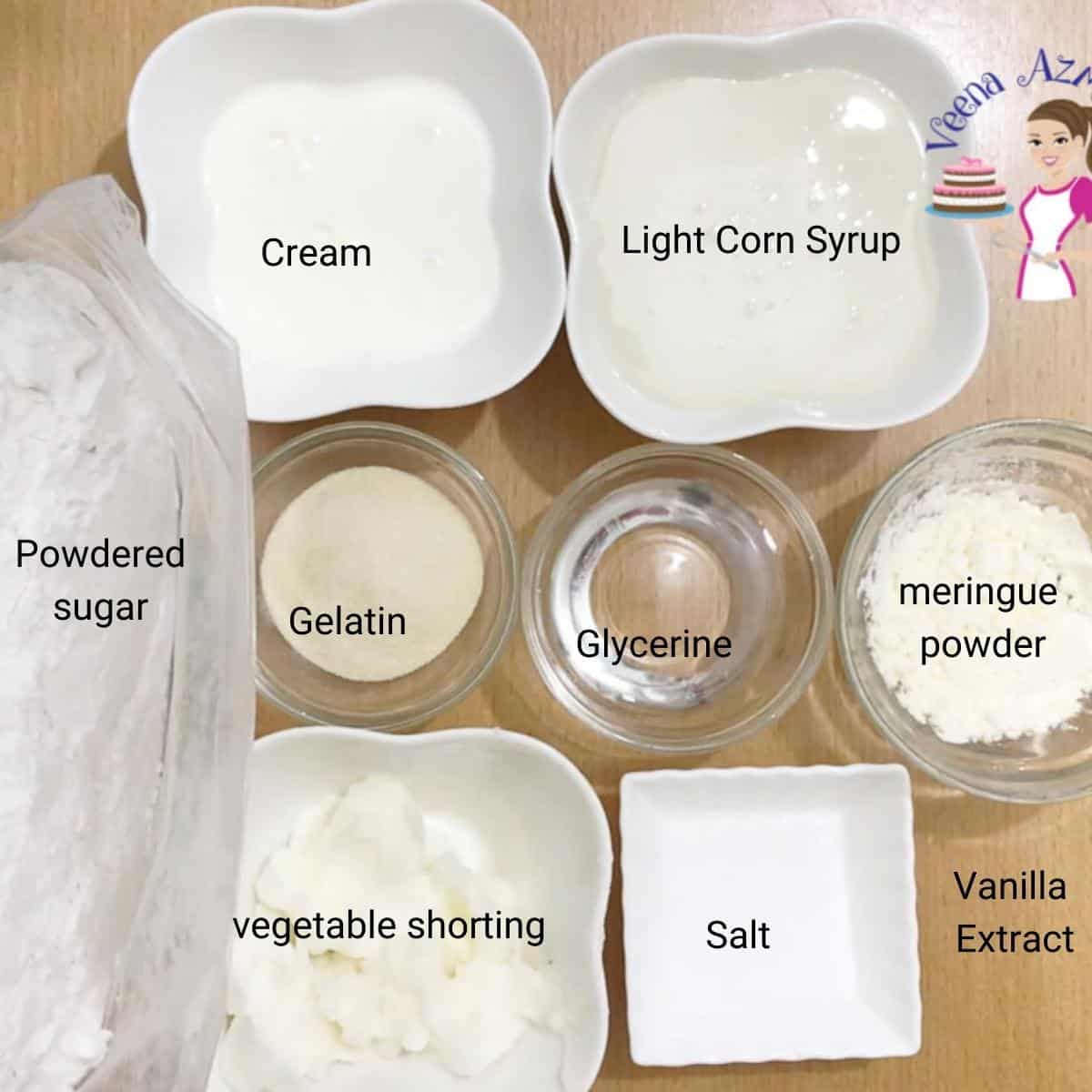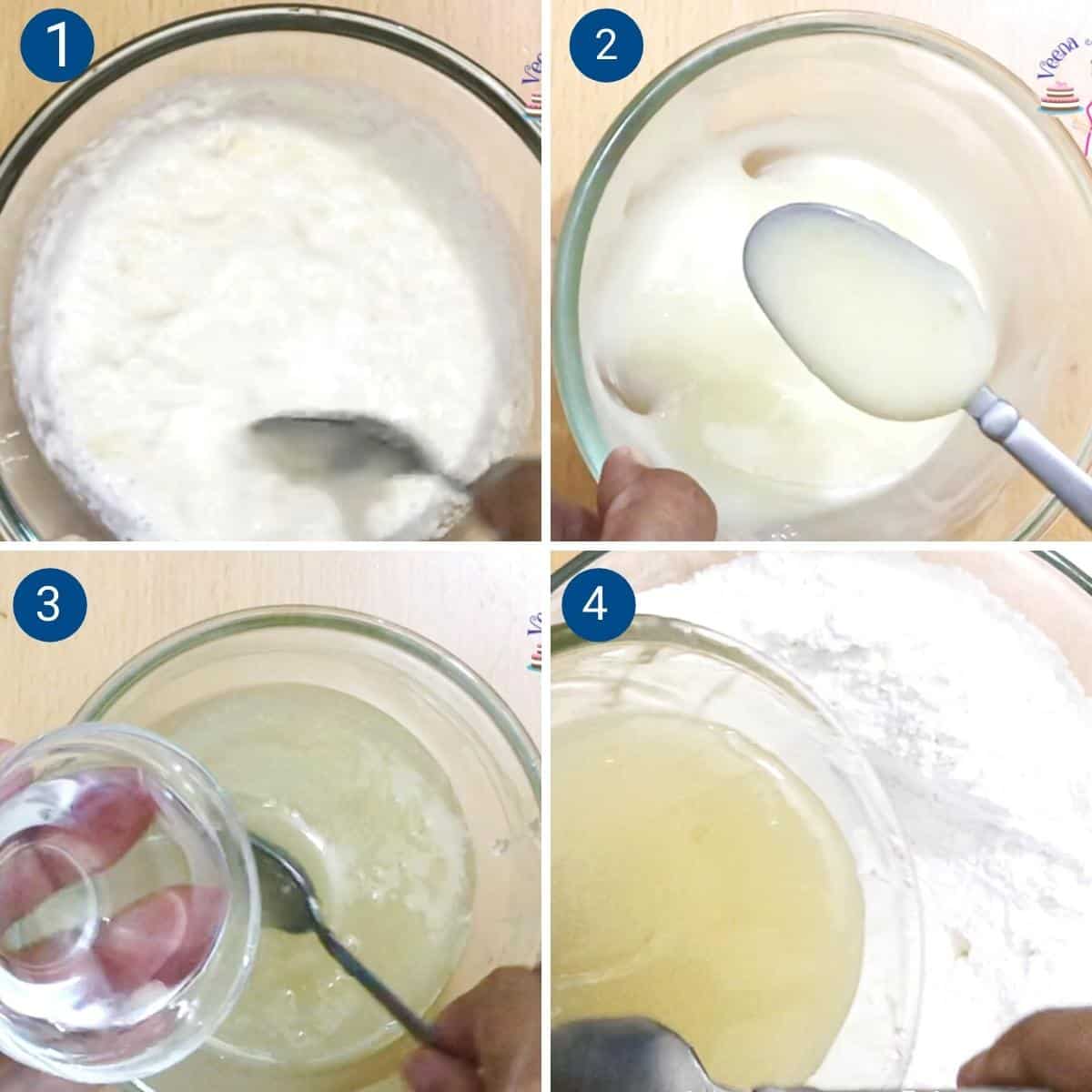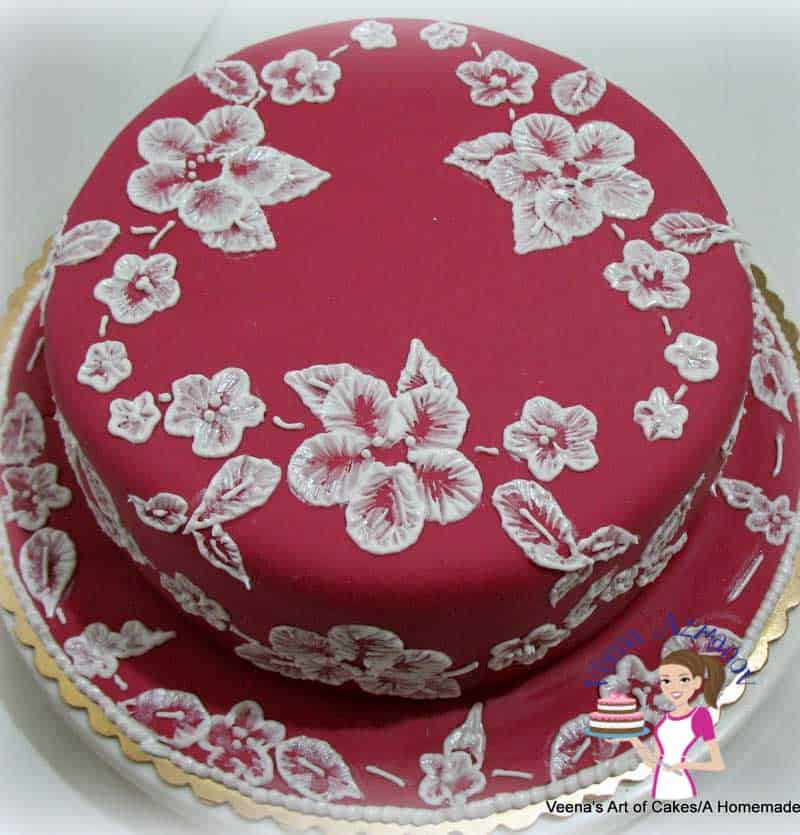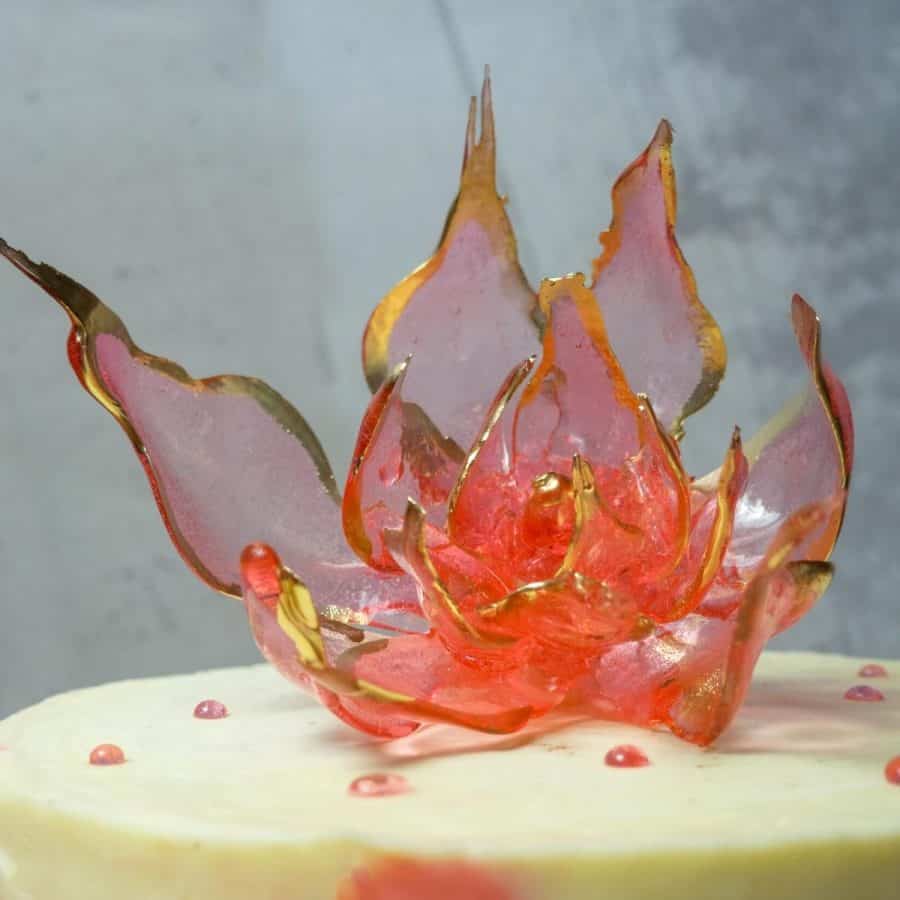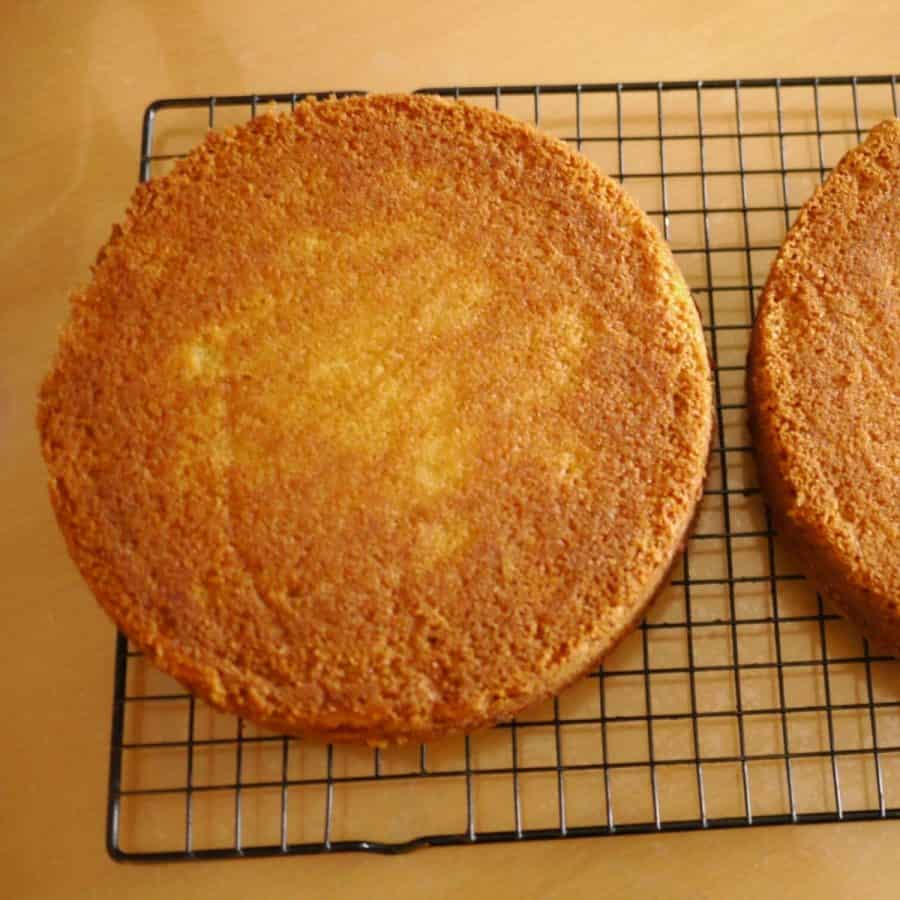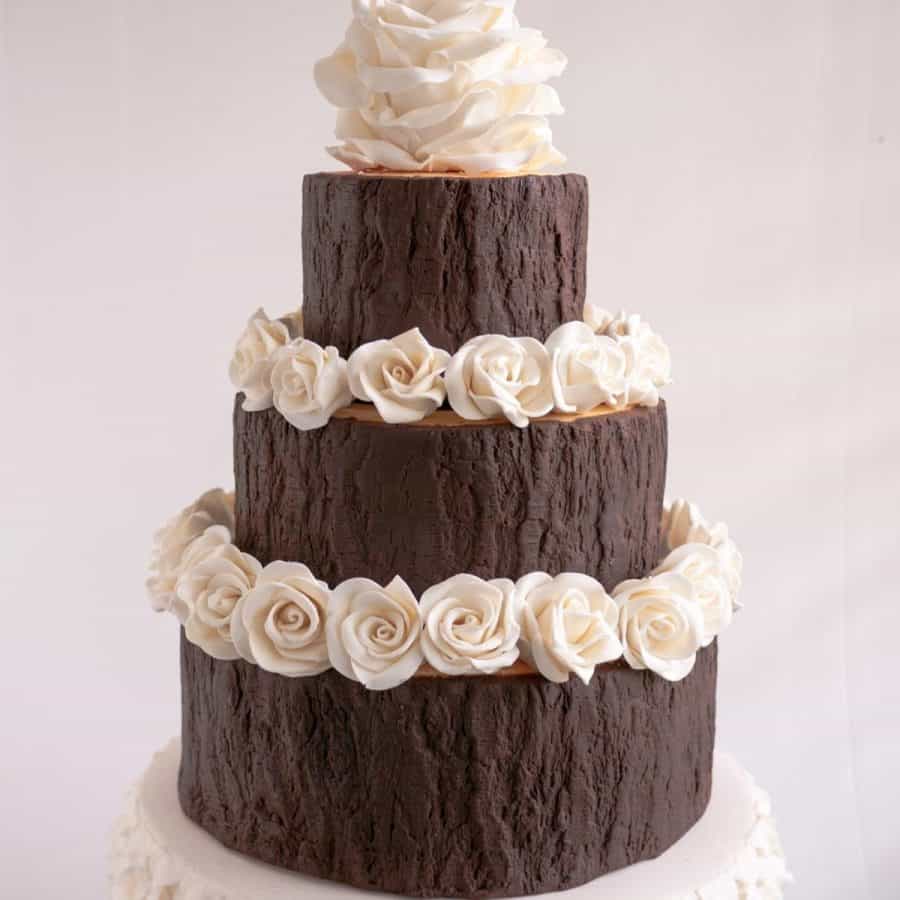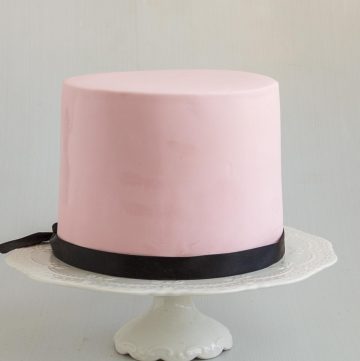I accept the commercial fondant is not the most delicious in fact some really taste bad. Though it is the most convenient to use and has a long shelf life. I started my career as a cake decorator using store-bought sugarpaste that people hated to eat. I noticed that parents were bothered when they saw kids eat it. So, I tested and tried many homemade sugar paste recipes so I could use them on the kids’ cakes. Some recipes worked great sometimes and at other times it can be a nightmare. But, I didn’t give up and finally managed to make my own homemade sugar paste recipe successfully every single time. Yes, I do believe this is my no-fail fondant recipe!
Step-by-step: How to make rolled fondant icing
Prepare
Dry ingredients – Place 600 grams of powdered sugar in the bowl of a stand mixer with the dough hook attachment along with the meringue powder and salt. Stir to combine and set aside.Pro-tip – If you do not have a good stand mixer that can manage a heavy dough such as fondant you can also do this in a large bowl and wooden spoon then, knead by hand. Wet ingredients – add the whipping cream into a microwave-safe bowl. Sprinkle the gelatin over the cream and let bloom for 2 minutes. You can also do this over a double-boilerPro tip – soaking will dissolve the gelatin better otherwise it can be grainy and cloudy. Dissolve the gelatin in the microwave on high for 30 seconds or more until completely dissolved.Pro-tip – do not overheat the gelatin as it can lose its gelling ability Next, add the corn syrup, glycerin, and vanilla extract to the dissolved gelatin and combine well. The mixture must still be barely warm. If the gelatin is already setting, warm it up for 10 seconds more.Pro tip – depending on the temperature of the ingredients you may or may not need to warm it further. What’s important is that the gelatin is still liquid not setting. This is your wet ingredients mixture. If you plan to make the full batch with one color you can add your gel food color at this point. Alternatively, you can make the base fondant and then color it in small batches as you need.
Knead
In the bowl of your stand mixer with the powdered sugar, make a hollow in the center and add in the liquid ingredients. Then, start mixing at medium speed.Pro tip – And if you are doing this by hand, start mixing from the center out incorporating powdered sugar as you go. Make sure you get all the powdered sugar mixed well and incorporated before you add any more powdered sugar.Pro tip – You may not need more powdered sugar, but it’s best to add less now. Also, you can always add more later even before using. Next, knead in the butter or veg shortening while kneading – this also helps with the stickiness.Pro tip – The fat combined with the gelatin will make it more elastic. Once you have a dough formed, transfer to a flat surface or counter lightly dusted with powdered sugar and knead. And if you feel the mixture is dry, grease your hands and counter with butter or vegetable shortening and knead. Alternatively, if the dough is too sticky, add a tablespoon or two of powdered sugar.Pro tip – If possible, do not add any more powdered sugar at this point as it will stiffen when the gelatin sets. You want the fondant to form a dough but not be too dry. A little sticky is ok too. Divide into two or four portions and place each in a zip-lock bag. And seal well.Pro tip – Fondant is sugar, so it dries very easily. And if it forms a crust it will give you are very grainy fondant. So, make sure to always keep it double wrapped with plastic wrap then in a storage bag or plastic and then in an air tight container. Then, leave in the fridge overnight or at least 4 hours.Pro tip – It’s important to let the fondant rest because this gives the gelatin time to set and become elastic. Once set, you can store it at room temperature.
Using homemade fondant
Take the fondant out of the fridge and leave it at room temperature. When ready to use, knead it until it is smooth and pliable.Pro tip – If the fondant icing is hard, you can warm it in the microwave for 10 seconds. However, making it too warm will result in a too soft fondant that is difficult to handle. It is best to use vegetable shortening to knead the fondant. However, if it is still quite sticky you can add powdered sugar.Pro tip – The elasticity of your fondant is dependent on the quality of your gelatin and the amount of powdered sugar used. Lightly dust your counter with mix of powdered sugar and cornstarch and roll the fondant using a rolling pin ( I like to make a pouch using a sock or stockings and fill it with equal amount of corn starch and powdered sugar).
Can you see the elasticity? You should be able to pull it like this – like taffy. Also, read my 14 tips for working with fondant.
Frequently asked questions
Tips for working with fondant Tips for Coloring Icing – The art of Marbling Fondant How to create Embossed Textured Fondant How to avoid Dry and Crumbly Fondant How to color Homemade Fondant See all fondant recipes
Thank you for sharing - Save for later
First, always use edible food color gels for coloring fondant. Because they will not make your fondant too soft consistency since they are very concentrated in color. And, if you don’t have food color gels – you can also use liquid color at the beginning of the recipe while reducing the original quantity of liquid in the recipe. Food color gels will intensify over time. So, if you color it ahead of time – make it one shade lighter and keep it for a few days. That way, you won’t have to add more white or use too much color gel. Also, color gels can dye your hands. So, it’s best to use gloves when coloring fondant. In addition, rubbing veg shortening on your glove also helps between colors. However, I find that working with gloves is not easy, especially with sticky fondant. So, I work with fondant by just rubbing my hand with vegetable shortening, and then washing them clean with a cream-based detergent.
I colored this batch of fondant and used it on this cake. And, I also have a tutorial for this Brush Embroidery on this cake.
